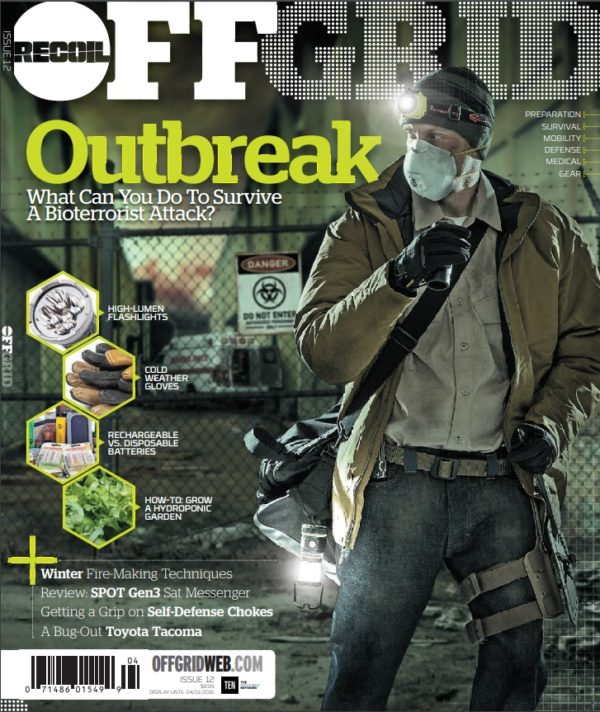Offgrid Preparation Infographic: How to Predict Weather Visually
In today's world of slick TV meteorologists, instant Internet weather forecasts, high-tech radar systems, and satellite imagery, we can predict the weather more accurately than ever before. Mere decades ago, it was much more difficult to accurately analyze weather patterns and storm cells around the globe, and we have forecasting systems today that our ancestors never dreamed possible.
However, technology can fail, and let's face it: in a survival situation, you're not going to be able to flip on the local news and refer to Storm Raines and his Doppler 9000. You're going to have to use the instruments you always have with you—your senses.

Dew drops on plants in the early morning usually indicate limited cloud cover and reduced chance of rain.
The infographic below from Visual.ly provides lots of practical methods to forecast the weather:

Obviously, some of these methods to predict weather visually are more reliable than others. If you happen to spot a cat cleaning behind its ears, or come across a particularly smelly swamp, don't assume rain is on the way. However, with an alert and aware mindset, you may notice several of these warning signs, and be better prepared for a storm in case your prediction is accurate.
Bad weather can move fast, so you'll have to move faster if you want to build a shelter or get a fire going ahead of time. It could mean the difference between staying warm and dry or fighting off hypothermia.
 STAY SAFE: Download a Free copy of the OFFGRID Outbreak Issue
STAY SAFE: Download a Free copy of the OFFGRID Outbreak Issue
No Comments